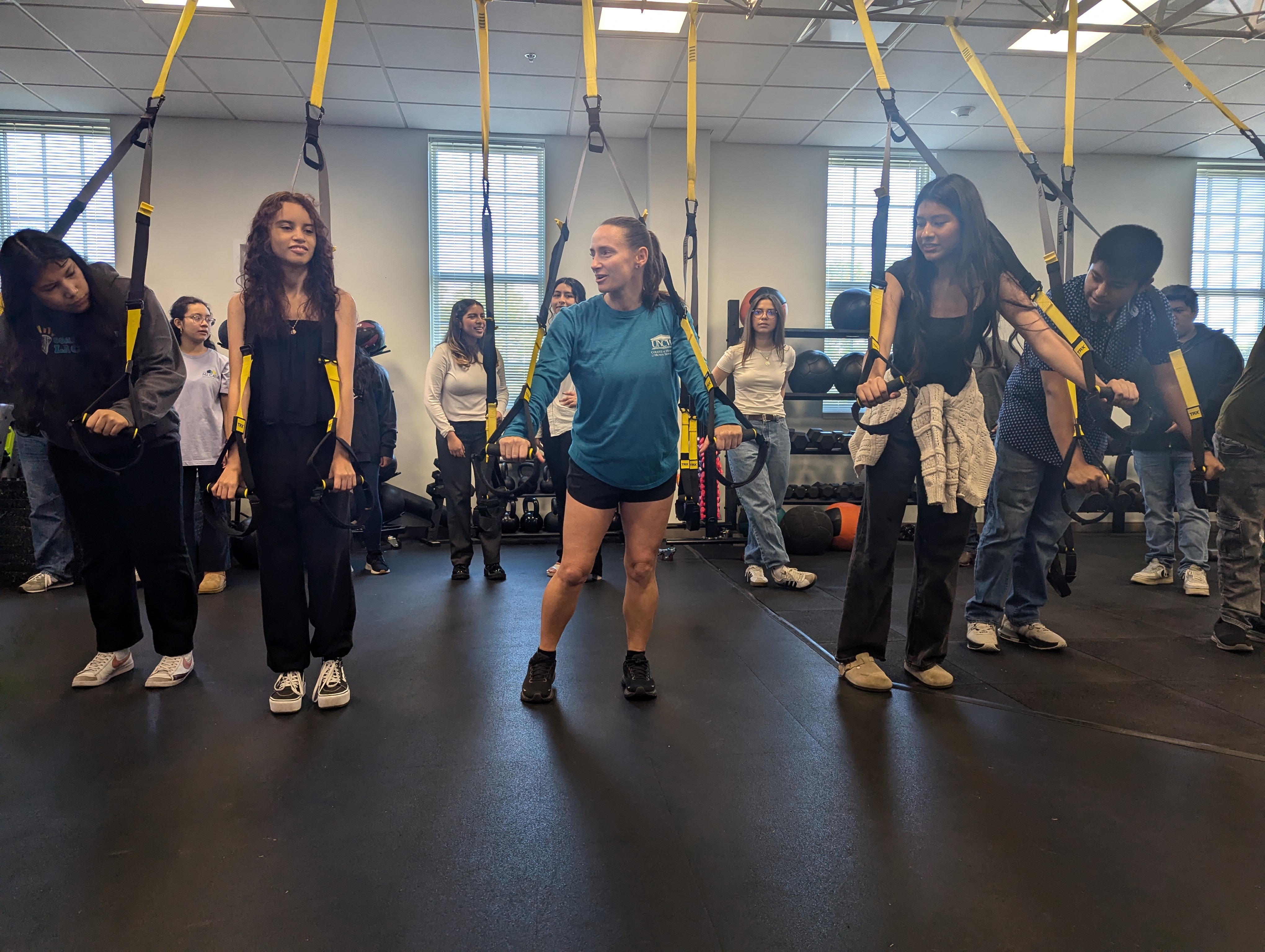Creating Healthier Partnerships in Community Service-Learning: Centering CBO Perspectives
Main Article Content
Abstract
Community Service-Learning (CSL) is an experiential and high-impact teaching strategy that has been widely adopted across higher education in the United States and throughout the world (Trending Topic: High-Impact Practices, n.d.). CSL’s core tenants require that experiences maintain high academic rigor, include intentional reflection strategies and that the relationship between the university and the community partner are reciprocal (Procario-Foley & Van Cleave, 2016). While there has been a dearth of academic research into both student academic success and reflection strategies through CSL, the literature has arguably neglected exploring best practices for fostering and maintaining healthy relationships between the stakeholders, mainly a college or university and a community-based organization (CBO). There are many writings on best practices for university stakeholders to engage with CBOs, though they are generally grounded in very theoretical ideas of relationships and relationship-building (Cress et al., 2013, 2023; Donahue & Plaxton-Moore, 2018; Yamamura & Koth, 2018). The objective of this paper is to bridge the gap between academic theory, and the reality of working in the nonprofit sector– along with the challenges and triumphs associated with those realities–by bringing the voices of community partners to the forefront. In doing this, this research project attempts to recalibrate the power differential between partners, decentering the university as the ultimate knowledgebearer and recognizing and uplifting the expertise of the community outside the proverbial “Ivory Tower.” I aim to use the frameworks of CSL theory, organizational and nonprofit communication theory, as well as the overall structure of healthy relationships and trust-building to interpret the feedback from interviews conducted with local volunteer managers and executives to develop a clear guide for what makes a healthy relationship from a CBO’s perspective.
